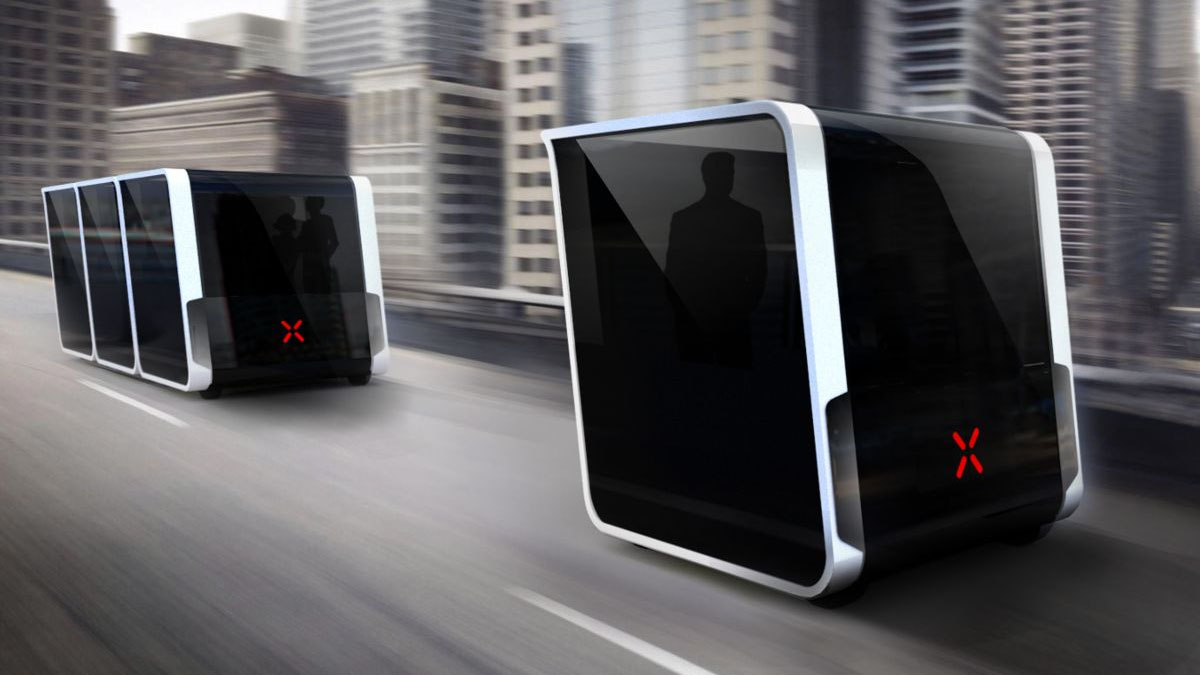why hyperloop startups are ending up building subways

Imagine a future in which you’re picked up by a driverless car. As you catch up on your email and make phone calls, it shuttles you to a hyperloop station where you get on a train able to shoot you at supersonic speeds to attend a full day of work and meetings hundreds of miles away in roughly half an hour. As you walk out of the station, another self-driving car picks you up and deposits you at the office. Your trip is only a bit longer than a big city commute, yet you can work in a distant hub where your services are needed, and your trip there and back requires exactly zero attention on your part. Machines handle it all, ushering in a new era of economic mobility with the potential to reverse the fortunes of countless stagnant towns.
Or, at least, that’s the pitch these startups are giving to local governments across America and China to win millions in funding. And just as no plan survives first contact with the enemy, as Helmuth von Moltke famously quipped, dealing with the logistics of actually putting together these systems and figuring out the economics, these startups are dramatically scaling down what they’re delivering. Forget surfing the web while at 750 miles per hour in a vacuum through the deserts of the American Southwest or Boston and Washington D.C. for a power lunch. The reality will be boarding autonomous pods that travel under 200 miles at something on the order of 200 miles per hour. In other words, an upgraded, more efficient subway.
It’s not that there haven’t been hints of this from experts. Hyperloops the way Musk originally envisioned them simply couldn’t work and come with catastrophic risks, while individual self-driving cars would just create more efficient traffic and would need to be used as pods in an entire fleet of on-demand public transportation system to actually reduce congestion. It’s also important to note that these technologies could only be built in areas which could provide a steady stream of thousands of people an hour to justify the system’s construction, meaning that notions of connecting small towns with failing economies to prosperous urban cores were just pipe dreams designed to get politicians to sign off on paperwork. Do it any differently and you’ll either never build a working system or end up perpetually losing money.
Now, all that said, it’s far better that hyperloop startups are building modern public transport in large, congested cities, and incorporating self-driving technology in a sort of sandbox where it’s going to work best rather than trying to implement clearly unworkable schemes destined to fail, waste unseemly amounts of money, and sour the public and politicians on useful, important technology and public transportation projects by associating them with spectacular washouts. It just seems sad that in order to get us interested in investing and improving in infrastructure, we need to be promised incredible visions in no way tethered to reality and then disappointed with realistic endeavors mocked by pundits and operating on inertia and the sunk cost fallacy.





